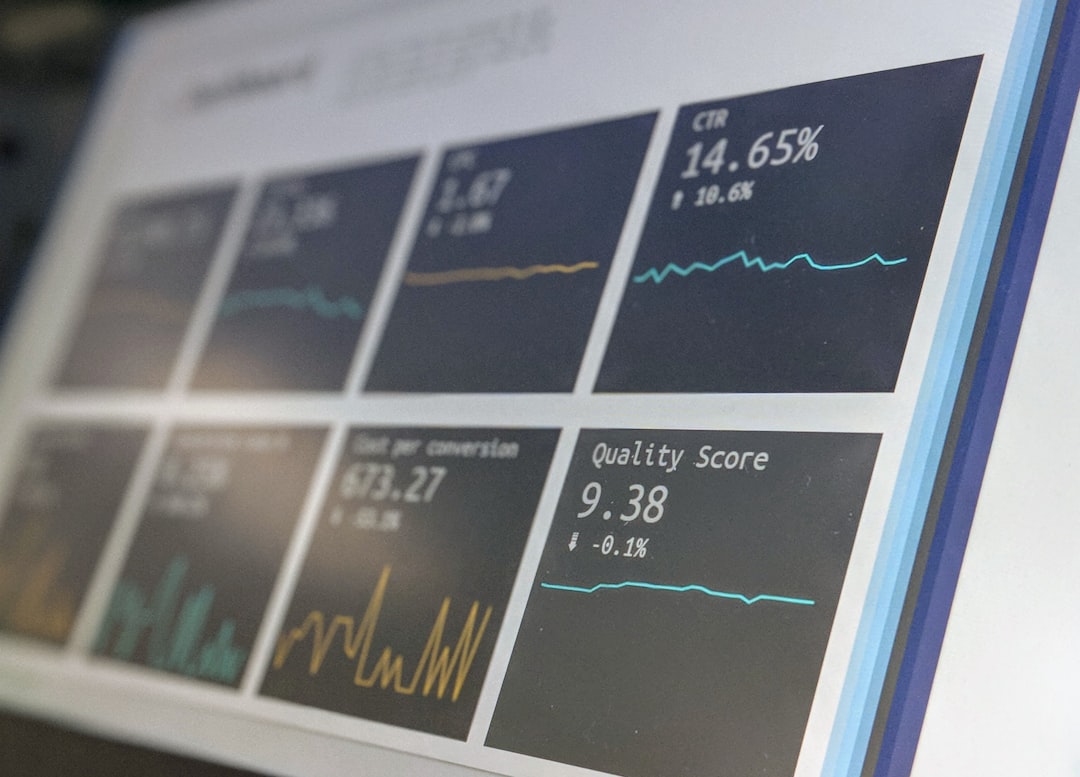
Enhancing Business Insights with Collaborative Data Visualization of Augmented Reality Objects
In today’s fast-paced business landscape, data visualization plays a crucial role in decision-making processes. With the advent of Augmented Reality (AR), the potential for enhancing business insights through collaborative data visualization has reached new heights. This article delves into how AR objects can transform the way businesses visualize and interpret data, leading to improved performance and strategic planning.
What is Collaborative Data Visualization in Augmented Reality?
Collaborative data visualization using augmented reality involves the integration of virtual data representations with the physical environment. This technology allows multiple users to interact with 3D data models in real-time, fostering collaboration and enhancing the understanding of complex data sets. In contrast to traditional 2D data visualization methods, AR offers an immersive experience that engages stakeholders more effectively.
Current Developments in AR Data Visualization
Recent advancements in AR technology have paved the way for innovative applications in business environments. Companies are increasingly adopting AR tools to visualize data in ways that are more intuitive and engaging. For example, industries such as manufacturing, healthcare, and real estate are leveraging AR to visualize data related to product designs, patient records, and property layouts, respectively.
Case Study: Manufacturing Sector
In the manufacturing sector, companies like Boeing have implemented AR for assembly line processes. Workers can visualize complex assembly instructions overlaid on the actual equipment, reducing errors and improving efficiency. This approach enhances collaboration among team members, as they can simultaneously view and interact with the same data set, leading to faster decision-making.
Emerging Trends in AR Data Visualization
-
Real-time Collaboration: Tools that enable real-time collaboration are becoming essential. Platforms like Microsoft HoloLens are allowing teams to share AR experiences, creating a more unified approach to problem-solving.
-
Data Integration: Integrating data from various sources into AR environments is gaining traction. By combining data from IoT devices, CRM systems, and social media, businesses can create a comprehensive view of their operations, leading to deeper insights.
-
User-Centric Design: As AR technology evolves, user experience is becoming a focal point. Businesses are investing in user-centric designs to ensure that their AR data visualization tools are intuitive and accessible to all users, regardless of technical expertise.
Expert Opinions on AR in Business
According to Dr. Jane Smith, a leading researcher in AR technology, “The potential for AR to transform data visualization in business is immense. As organizations embrace collaborative tools, they can harness the power of data to drive innovation and improve operational efficiency.” This sentiment is echoed by many industry experts who see AR as a game-changer in data analytics.
Practical Applications of AR Data Visualization
Businesses can apply AR data visualization in several practical ways:
-
Training and Development: AR can be used to create interactive training modules, allowing employees to engage with data in a hands-on manner.
-
Marketing and Sales: Sales teams can use AR to present products in a more dynamic way, enhancing customer engagement and understanding.
-
Project Management: Project managers can visualize timelines and resource allocations in a 3D space, making it easier to spot potential issues before they escalate.
Tools and Resources for AR Data Visualization
For businesses looking to explore AR data visualization further, several tools and platforms can facilitate this journey:
-
Unity: A powerful platform for creating AR applications, Unity allows businesses to develop custom solutions for data visualization.
-
Tableau: While traditionally a 2D visualization tool, Tableau has begun integrating AR capabilities, enabling users to create more immersive data experiences.
-
Vuforia: This AR development platform offers tools to create engaging AR experiences for both mobile and wearable devices.
For those interested in more detailed insights, consider exploring resources such as ARPost and Augmented Reality News for the latest trends and innovations in augmented reality.
In conclusion, the enhancement of business insights through collaborative data visualization of augmented reality objects is not just a trend; it’s a transformative approach that can significantly impact decision-making processes. By integrating AR into their data visualization strategies, businesses can foster collaboration, improve efficiency, and ultimately drive innovation.
As you explore the possibilities of AR in your business, consider subscribing to relevant newsletters or joining forums to stay updated on the latest developments in this exciting field. Your journey into augmented reality could redefine how you understand and utilize data in your organization.


